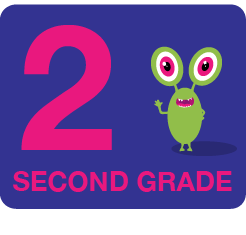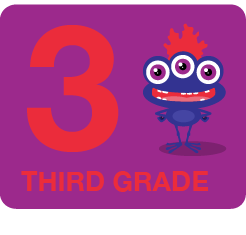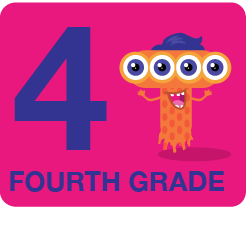Workbook #2 provides additional exercises for children to practice forming plurals by adding "s" and "es." The second page includes activities where kids change words from singular to plural by replacing the "y" with "i" and adding "es."
In English, when you want to change a singular noun ending in "y" to its plural form, you often need to follow a specific rule. Here's how it works:
1. If the singular noun ends in a consonant followed by "y" (for example, "baby"), you change the "y" to "i" and then add "es."
- Example: "baby" becomes "babies."
- Another example: "city" becomes "cities."
2. If the singular noun ends in a vowel followed by "y" (for example, "key"), you add an "s" without changing the "y."
- Example: "key" becomes "keys."
- Another example: "toy" becomes "toys."
Mastering Plural Nouns: Simple Rules and Practice - Workbook # 2
Workbooks in this series:
Book #1: Mastering Plural Nouns: Simple Rules and Practice - Workbook # 1
Book #2: Mastering Plural Nouns: Simple Rules and Practice - Workbook # 2
Book #3: Mastering Plural Nouns: Simple Rules and Practice - Workbook # 3
Book #4: Mastering Plural Nouns: Simple Rules and Practice - Workbook # 4
Mastering Plural Nouns: Simple Rules and Practice - Workbook # 2
GRADES:



Workbooks in this series:
Book #1: Mastering Plural Nouns: Simple Rules and Practice - Workbook # 1
Book #2: Mastering Plural Nouns: Simple Rules and Practice - Workbook # 2
Book #3: Mastering Plural Nouns: Simple Rules and Practice - Workbook # 3
Book #4: Mastering Plural Nouns: Simple Rules and Practice - Workbook # 4

